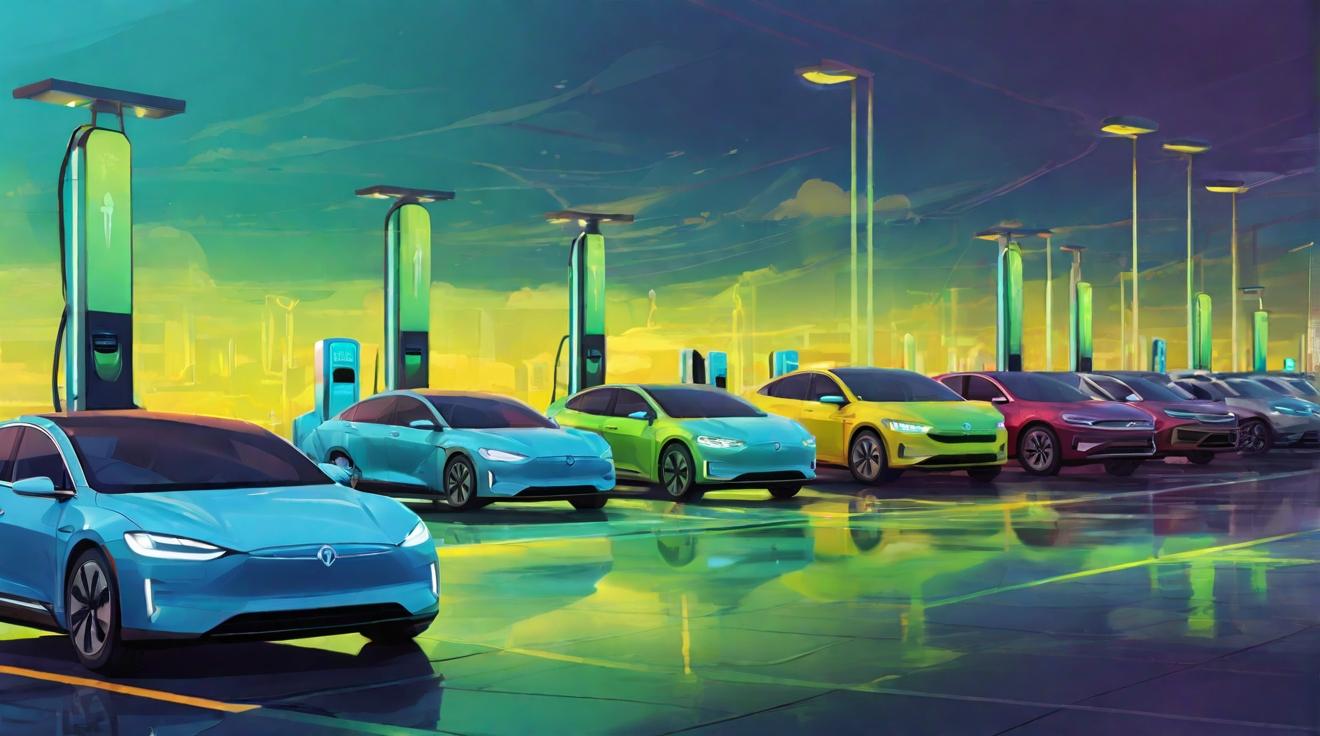California’s $1.9 Billion Investment in Alternative Vehicle Technologies
California is making a massive investment of $1.9 billion in alternative vehicle technologies over the next four years. The main objective of this investment is to build new charging stations, expand hydrogen fuel cell programs, and support ongoing research to enhance the infrastructure for zero-emission vehicles across the state.
The state is determined to reach out to communities that may have felt excluded during the electric vehicle (EV) boom. Currently, more than 25% of new cars sold in California are electric, highlighting the state’s strong commitment to clean transportation. Moreover, a significant portion of the funds will be directed towards benefiting low-income and disadvantaged communities by providing them with better access to chargers and reducing pollution from trucks and buses.
California’s Goals and Initiatives
California has allocated $5 million for job training and manufacturing projects with a goal to increase the number of chargers to 2.1 million by 2035, anticipating approximately 15.2 million EVs and 377,000 electric trucks and buses on the roads. This expansion is seen as a significant benefit due to the smaller environmental impact of EVs compared to gasoline-powered vehicles.
Focus on Hydrogen Fueling Stations
In addition to charging stations, California aims to increase the availability of hydrogen fueling stations from the current 61 to 96 in the near future, with a particular concentration in Los Angeles and its surrounding areas.
Promoting EV Adoption Across the United States
Promoting EV adoption involves various strategies, including standardized charging, tax credits, and incentives for home chargers. States like California are offering tax incentives to encourage drivers to switch to electric cars.
Transition to North American Charging Standard (NACS)
To streamline the charging process, major automakers are transitioning to the North American Charging Standard (NACS) from the Combined Charging System (CCS).
Facilitating Home Charging
Companies like Hyundai are introducing incentive programs that include a complimentary home EV charger and installation credit for customers who purchase or lease their EVs. Other car manufacturers, such as Honda, are planning similar initiatives to facilitate home charging for their customers.
Analyst comment
Positive news. The massive investment in alternative vehicle technologies in California will lead to the construction of new charging stations, expanded hydrogen fuel cell programs, and improved infrastructure for zero-emission vehicles. This will promote clean transportation, benefit low-income communities, and reduce pollution. The increase in chargers and hydrogen fueling stations will support the expected growth of EVs, contributing to a smaller environmental impact. Standardized charging and incentives for home chargers will simplify the charging process and encourage EV adoption. Overall, this investment will drive the EV market in California and enhance the state’s commitment to clean transportation.













